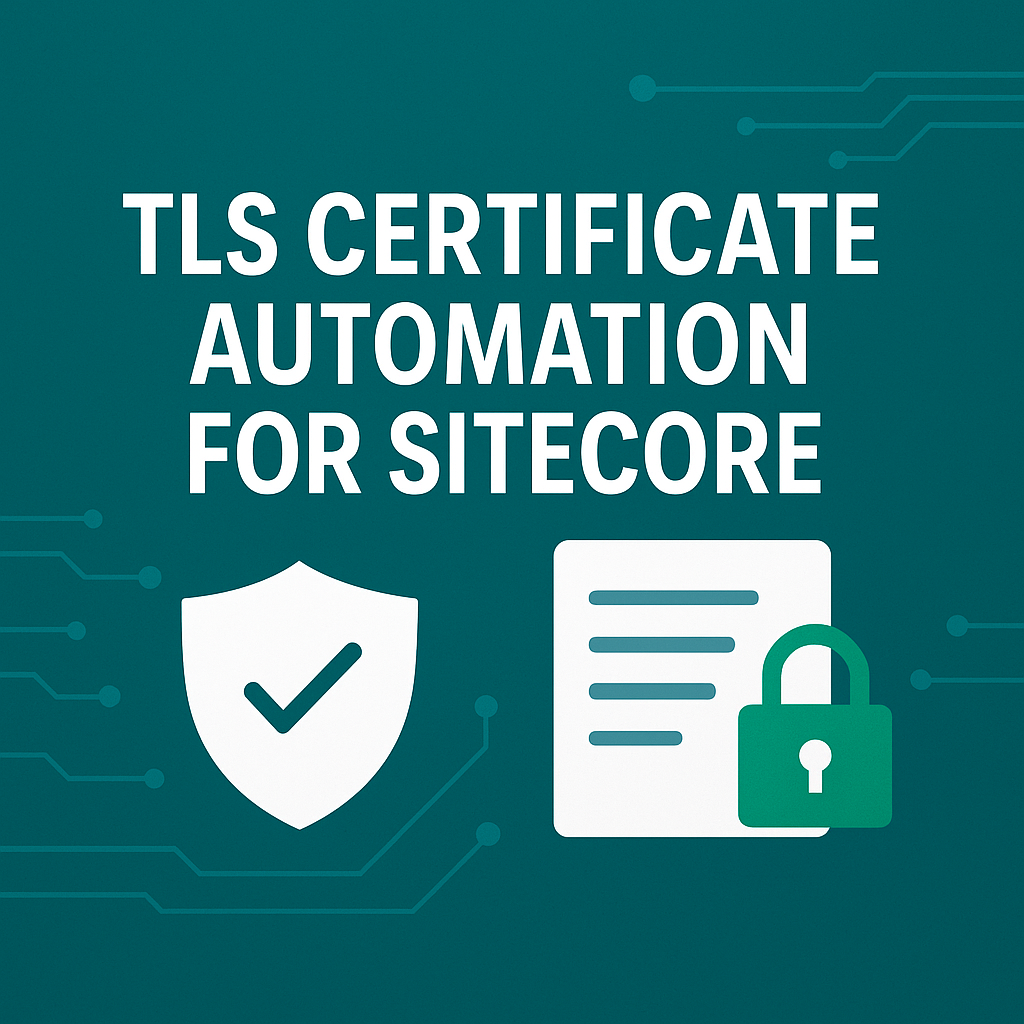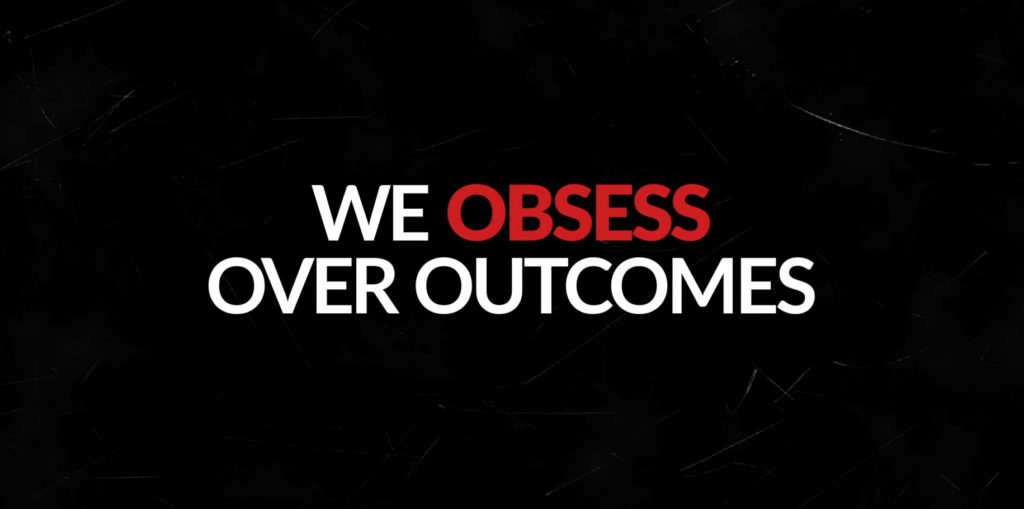Adobe Next-Gen Composability, also known as Project Franklin, is a relatively new offering from Adobe which accelerates content velocity, delivers high-impact experiences at a high performance, and greatly reduces time-to-market.
The idea behind the technology is relatively straight-forward: empower users where they are, and they don’t need to worry about the usual concerns with publishing their content via additional tools. By allowing them quick edit and publishing tools in Microsoft Word or Google Docs, they can skip the process of having to learn the interfaces and processes behind copying and pasting into components of a traditional CMS (Content Management System).
To clarify, Next-Gen Composability is not intended to be a replacement for AEM, but rather a complementary integrated tool with AEM. In fact, content from AEM can be rendered on a page delivered by Next-Gen Composability via blocks and content delivered on Next-Gen Composability can be rendered in AEM via a Next-Gen Composability Component. In this way, AEM can be treated as a Hybrid CMS. Adobe demonstrated the capabilities of Next-Gen Composability, where websites created using Next-Gen Composability have a Google Lighthouse score of above 99.
Key Features and Benefits of Adobe Next-Gen Composability
1. Content Authoring
The traditional CMS products provide in-context authoring within the products. They provide unique authoring features, which means marketers and content authors need to be trained in the product. With Next-Gen Composability, this requirement is eliminated. Next-Gen Composability is integrated with day-to-day office product tools like Google Docs and Microsoft SharePoint. This unique feature makes onboarding marketers easier, enabling them to create and publish content with little to no training.
2. Content Publishing
Next-Gen Composability is very lightweight, as it is serverless. It does not have a complex user interface. Adobe has created a browser plugin called AEM Sidekick. This tool can be installed on modern browsers like Chrome, Safari and Firefox. Once the content is created with this plugin, content authors can preview the content and publish the content to the live site, vastly improving content velocity. Combined with a workflow tool such as Adobe Workfront, customers can have content approval and publishing simplified.
3. Developers
The Next-Gen Composability architecture has made developers’ life easy. Developers do not have to learn an advanced programming language. Next-Gen Composability applications can be developed using basic HTML, JavaScript (JS) and Cascading Style Sheet (CSS). In Next-Gen Composability, developers create reusable pieces of HTML, JS, and CSS called Blocks. Developers will use GitHub to promote their custom application code. Once it is uploaded, a Next-Gen Composability Bot listens for code changes to newly created content. In a traditional CMS, developers create UI components for authoring which render the content as per the logic present in the backend programing language. Next-Gen Composability assembles the content to the browser-compatible code to edge delivery network for content delivery.
To speed up the Next-Gen Composability setup, Adobe has provided boilerplate code equivalent to the AEM Archetype, and Next-Gen Composability UI Blocks which are similar to the AEM WCM Core Components. This makes developer onboarding very fast.
4. Architecture
Content running on Next-Gen Composability is rendered on a CDN via Edge computing. Several delivery stacks are available for rendering of content including AWS and Cloudflare. The content is delivered via a Content Bus, where Authoring is done using Google Docs or Word online and, the content is then delivered via the Experience Composition Service. See the official documentation at Next-Gen Composability’s architecture site.
5. Additional Features
One nice feature about managing content with Next-Gen Composability is its ability to manage various types of content. Typically, landing pages and Marketing copy would be a perfect example of content managed in Next-Gen Composability, but it can also be used to manage redirects and product catalog data.
Use Cases for Next-Gen Composability
There are several considerations for having your site run on Next-Gen Composability. It’s great if you have , Marketing Copy, Landing Pages, or blogs that need to be greatly optimized for web consumption. This type of content is often sourced in Word Docs or Google Docs, so it makes sense to meet the author there and provide them editing and publishing capabilities. This eliminates the need for yet another system that users need to be trained on and go into for managing web content.
This makes it much easier to assemble authored content quickly for sites to be delivered at a global level, particularly when sourced documents aren’t being managed in something like AEM’s Multi-site Manager.
Because of the focus on performance, there is less of a concern on infrastructure since the delivery is intended as being cloud-native. As such, cost is minimized with maintaining it, which may be beneficial to customers that are incurring high infrastructure costs, particularly when maintaining largely static sites.
If you have users that are greatly distributed across many time zones, then you may increase your content velocity for those users when content needs to be created and published quickly.
Why should a client invest in Adobe Next-Gen Composability?
If you have a need of a greatly optimized site with pages having a Google Lighthouse score close to or at 100, then you may want to consider delivering your site(s) by Next-Gen Composability.
If you have a high amount of costs when building and delivering a simple site from a traditional CMS, then you may consider Next-Gen Composability.
If you have users that are greatly distributed across many time zones, then you may increase your content velocity for those users when content needs to be created and published quickly.
Wrap Up
Perficient is a Platinum Partner for Adobe in Adobe Experience Cloud with specialization in Adobe Marketing Cloud, Adobe Target, Adobe Analytics, Adobe Commerce, and Marketo Engage. Perficient provides strategic innovation in ever-changing digital marketing trends. Perficient has over 500+ Adobe-certified technical consultants and is working with leading brands worldwide providing an exceptional experience to their customers in solving complex business challenges. The company has also delivered 800+ Adobe-related engagements. Check out Adobe Platinum Partner / Perficient, Inc. for more information about Perficient’s offerings.
Have a site that you’re looking to migrate to Next-Gen Composability? Contact us.





Leave A Comment